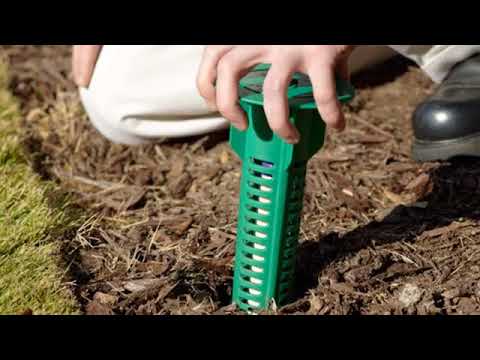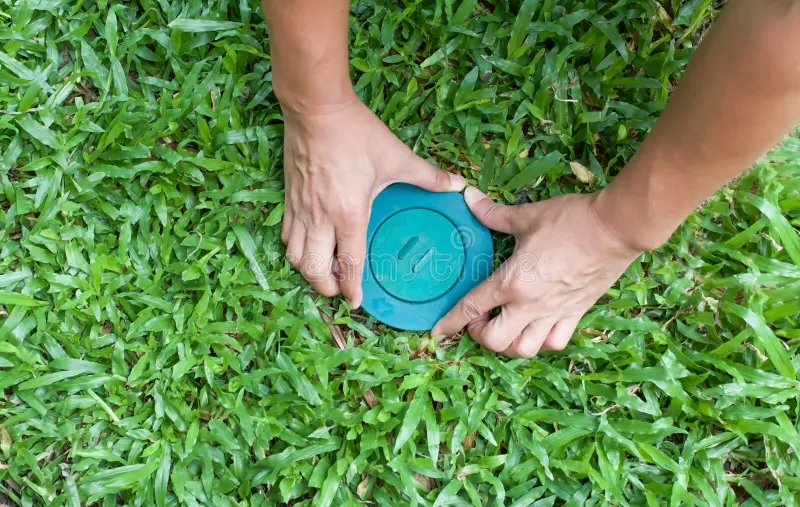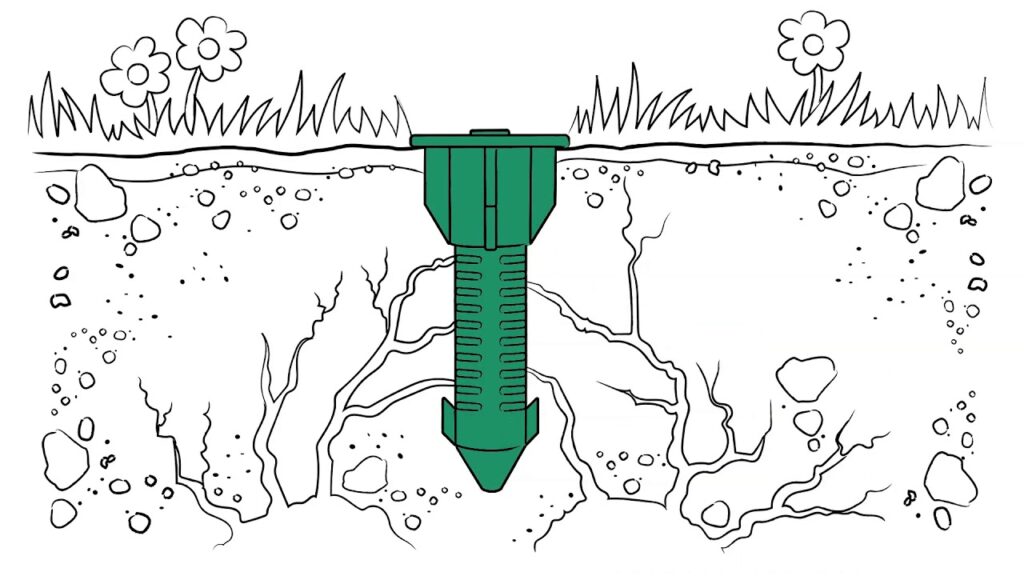Key Points
- Research suggests baiting station systems are effective for active termite infestations, targeting the colony directly, while chemical barriers are better for prevention.
- It seems likely that baiting stations work year-round in mild climates like Western Australia, but effectiveness may slow in winter due to reduced termite foraging.
- The evidence leans toward baiting stations being eco-friendly and less invasive, but they require regular monitoring and can take months to eliminate colonies.
Chemical Termite Barrier vs. Baiting Station System
Baiting station systems are generally more effective for houses with active termite infestations. They work by attracting termites to consume a slow-acting toxic bait, which they share with their colony, eventually killing the queen and collapsing the population. This direct colony elimination is crucial for active infestations, where termites are already causing damage inside the home. In contrast, chemical barriers create a treated soil zone to kill or repel termites on contact, which is better for preventing new infestations but doesn’t guarantee colony elimination, especially if the nest is distant.
Winter Effectiveness
In Western Australia’s mild winters (e.g., Perth averages 8–18°C in June–August), baiting stations remain effective, though termite foraging slows, potentially extending colony elimination to 6–12 months. Termites don’t hibernate here, and wet winter soils can keep them active, but colder, drier conditions in northern WA may reduce station hits. Regular monitoring and strategic placement near active sites can boost effectiveness.
Maintenance Costs
An unexpected aspect is the ongoing maintenance cost of baiting stations, typically $300–$500/year, which can exceed initial chemical barrier costs over time, impacting long-term budgeting for homeowners.
Analysis of Termite Monitoring and Bait Stations
Termite infestations pose a significant threat to residential and commercial structures, causing billions in damage annually, particularly in termite-prone regions like Western Australia. Among the various control methods, termite monitoring and bait stations have gained prominence for their targeted approach to colony elimination.
Background and Use of Termite Monitoring and Bait Stations
Termite monitoring and bait stations are devices strategically placed around a property to detect and eliminate termite activity, primarily targeting subterranean species like Coptotermes and Mastotermes darwiniensis, prevalent in WA. These stations contain a bait made from cellulose materials, such as wood or paper, infused with a slow-acting insecticide. The bait is designed to be attractive to termites, who consume it and share it through trophallaxis (food sharing) within their colony, leading to gradual eradication. The process involves initial inspection, installation, baiting, colony elimination, and ongoing monitoring, typically managed by certified pest control professionals.
The Sentricon system, a leading brand, exemplifies this approach. It uses noviflumuron, an active ingredient that disrupts termites’ molting process, preventing growth and leading to their death. Stations are installed around the home, spaced 10–20 feet apart, and monitored regularly to ensure effectiveness. This method is particularly noted for its ability to address active infestations by targeting the colony directly, making it a preferred choice for properties already experiencing termite damage.


Benefits of Termite Bait Stations
Research suggests several advantages to using bait stations especially for active infestations:
- Targeted Treatment: Bait stations enable precise insecticide application, minimizing chemical usage compared to traditional liquid treatments. This reduces the environmental footprint, using less pesticide and targeting only termites, which is particularly beneficial in ecologically sensitive areas like WA’s Swan River catchment.
- Colony Elimination: By addressing the entire colony, including the queen, bait stations offer a comprehensive solution. Studies, such as those from CSIRO Australia, report 85–100% colony elimination within 3–6 months for Coptotermes, making them effective against WA’s aggressive subterranean termites.
- Less Invasive: Installation is less disruptive, avoiding extensive digging or drilling required for chemical barriers. This is ideal for existing homes, especially older WA properties with slab-on-ground designs, where retrofitting barriers can be challenging.
- Environmentally Friendly: Bait stations use minimal chemicals, reducing risks of runoff into groundwater, a concern in WA’s sandy soils. The Sentricon system, for instance, received the Presidential Green Chemistry Challenge Award in 2000, highlighting its eco-friendly profile.
- Continuous Protection: With consistent monitoring, bait stations provide long-term defense against future infestations. Ongoing service ensures stations remain effective, adapting to new termite activity, which is crucial in high-risk WA zones like the wheatbelt.

Pitfalls and Limitations
Despite their benefits, bait stations have notable limitations, particularly in terms of timing and maintenance:
- Slower Action: It may take several weeks to months for the bait to eradicate the termite colony, during which time termites can continue causing damage. Field trials indicate a timeline of 60–120 days for colony collapse, depending on termite activity and bait uptake, which can be frustrating for homeowners seeking immediate relief.
- Regular Monitoring Required: Homeowners must commit to periodic inspections, typically monthly or quarterly, to ensure bait effectiveness and replace it as needed. This adds to costs, with annual fees ranging from $300–$500, and failure to maintain can leave properties vulnerable, as there’s no residual pesticide left in the soil post-elimination.
- Initial and Ongoing Costs: The upfront cost for installation, such as $1,200–$2,500 for Sentricon, and ongoing renewal fees can exceed those of chemical barriers ($1,500–$3,000 upfront) over time, especially considering the need for annual inspections. This financial burden can be significant for budget-conscious homeowners.
- Not Effective Against All Termite Types: Bait stations are primarily designed for subterranean termites and may not be as effective against drywood termites, which require different treatment methods like fumigation. This limitation is relevant in WA, where subterranean species dominate, but homeowners should be aware of potential gaps.
- Dependence on Professional Services: Proper installation and monitoring generally require certified pest control experts, as DIY setups may fail due to incorrect placement or lack of monitoring. This reliance can be a barrier for remote WA properties, where professional access might be limited.
Effectiveness for Active Infestations
For houses with active termite infestations, baiting station systems are generally more effective than chemical barriers. They target and eliminate the colony, addressing the root cause, which is critical when termites are already causing internal damage. Research from the University of Kentucky (2010s) found baiting reduced active infestations by 90%+ within 6 months when stations were placed near termite activity zones. In WA, companies report similar outcomes against Coptotermes, with systems like Nemesis tailored to local species. Chemical barriers, while offering immediate perimeter protection, don’t guarantee colony kill, leaving nests intact to send more foragers, which is less ideal for active cases.
Winter Performance in Cold Weather
The effectiveness of baiting stations in winter, particularly in cold weather, is a nuanced topic. In WA’s mild winters (e.g., Perth’s 8–18°C in June–August), baiting remains viable, though termite foraging slows due to reduced surface activity. Termites don’t hibernate in these conditions, and wet winter soils can keep them active, but colder, drier conditions in northern WA may push them deeper, reducing station hits. Studies from temperate climates (e.g., UC California) suggest bait discovery drops 20–50% in winter, extending colony elimination to 6–12 months. Strategies like strategic placement near mud tubes, monthly monitoring, and above-ground stations indoors can boost effectiveness, but delays risk ongoing damage for active infestations.
Comparison with Other Methods
While this note focuses on bait stations, a brief comparison with other methods highlights their context:
- Chemical Barriers: Involve applying liquid termiticides to create a soil barrier, killing or repelling termites on contact. They offer immediate protection, costing $1,500–$3,000 upfront, but are less effective for active infestations, as they don’t target distant colonies. WA’s sandy soils favor them, but heavy rain can dilute efficacy.
- Spot Treatments: Target specific infested areas with insecticides, useful for localized problems but not addressing the colony, making them less comprehensive than baiting.
For properties with active infestations, baiting’s colony-focused approach often outperforms, though hybrids (barrier + baiting) are common in high-risk WA zones for maximum control.
Detailed Cost Analysis
To illustrate, consider a standard WA home (150–200 linear meters) with average termite pressure:
| Method | Initial Cost | Annual Maintenance | Long-Term Cost (5 Years) |
| Baiting | $1,200–$2,500 | $300–$500 | $3,500–$5,000 |
| Chemical Barrier | $1,500–$3,000 | $200–$400 (re-treat) | $2,500–$5,000 |
This table, based on industry reports, shows baiting’s higher ongoing costs, impacting long-term budgeting, an unexpected detail for homeowners.
Practical Recommendations
Homeowners should consult certified pest control experts to assess suitability. For active infestations, start baiting immediately, using above-ground stations indoors for faster internal control. In winter, ensure monthly checks and place stations near active sites to mitigate reduced foraging. For prevention, consider chemical barriers for new builds, per WA building codes (BCA Part 3.1.3), but combine with baiting for high-risk areas.
Conclusion
Termite monitoring and bait stations offer a targeted, eco-friendly solution for managing termite populations, particularly effective for active infestations. While they require commitment to monitoring and have higher long-term costs, their colony elimination and minimal environmental impact make them valuable. In WA’s mild winters, they remain viable with adjustments, but homeowners must weigh delays against damage risks. This comprehensive approach ensures informed decision-making for termite control.
Get Quote
Blog
Termite Pests in Australia
Termite Pests in Australia: Protecting Your Home from White Ants Australia is home to over…
Termite Treatment for Perth WA
Termite Pests in Australia
Termite Pests in Australia: Protecting Your Home from White Ants Australia is home to over…



